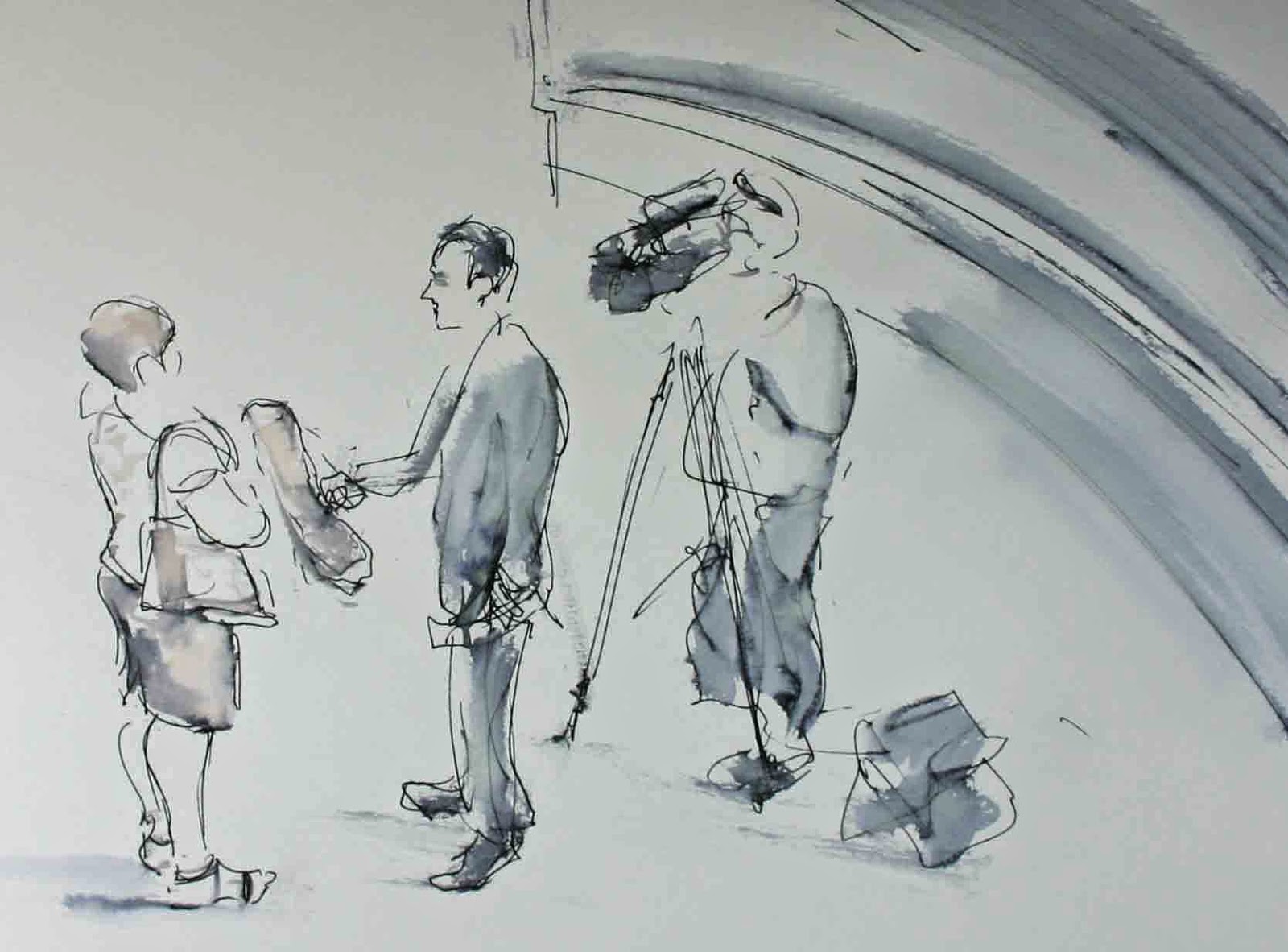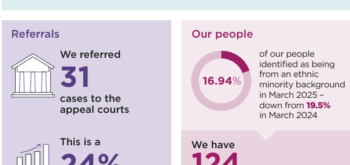[contextly_auto_sidebar id=”8o87o3Z4IfrBsJ1i7Y3TU3HfKnYJaFrZ”]
Victims enjoy unprecedented attention in public and political debate today. We are constantly told that their needs are not being met, that society is ‘failing victims’ and that more needs to be done. All political parties have proposed reforms to help victims, no doubt hoping to garner electoral brownie points.
- Barbara Hewson was a panellist in the Battle of Ideas debate, Victims’ Law: Therapeutic Justice or Moral Crusade? at the Barbican on 18 October 2014.
Directive 2012/29/EU seeks to prescribe minimum standards for victims throughout the European Union. In part, these cover such matters as the right to receive information, or to have access to a translator, or to access victim support services. They also include minimum standards to ensure effective participation in criminal proceedings, including measures to protect privacy, to ensure freedom from retaliation, and special measures for vulnerable witnesses. Finally, they insist on sensitization training for those working in the criminal justice system. Broadly speaking, the United Kingdom already adheres to such standards.
Neither the police, nor the Crown Prosecution Service (CPS), are the hired guns of individuals complaining of crime, or their families. The current Code for Crown Prosecutors spells this out. The CPS is supposed to act on behalf of the wider public icnterest, not get into the arena.
Yet, according to the former Director of Public Prosecutions Sir Keir Starmer QC, who revamped the CPS guidelines on the approach to assessing witness credibility in child abuse cases last year, it is ‘more sophisticated’ to ‘start with the assumption that the victim is telling the truth’ (Sir Keir Starmer QC, Human rights, victims and the prosecution of crime in the 21st century, (2014) Crim LR 777, 782).
This is question begging since, if one regards a complainant as telling the truth, then the veracity of her account is beyond question: she is assumed to be a ‘victim’, and one need look no further. The ostensible justification for this new approach is that it is wrong for prosecutors to attempt to second-guess how a jury might regard a complainant, and that instead prosecutors should imagine that they are the fact-finders.
The scope for confirmation bias in this latter approach is obvious. It also makes the justice system vulnerable to false allegations: by which I mean either malicious ones, or (much more commonly) mistaken ones, whether for reasons of faulty memory, misinterpretation, or even mental disorder.
As Dr Goodyear-Smith, a New Zealand academic, said:
‘This practice of advocacy for sexual-offence complainants, which has been adopted by those working in forensic roles, seriously undermines the impartiality of the investigation and trial procedures. Inherently believing all allegations are genuine means there is a presumption of guilt… ‘
The current CPS approach embeds an ethos of child protection work, as it has evolved in civil and family cases in the last three decades, into the criminal justice process. Professor Philip Jenkins explained in his 1992 study of moral panics that this ethos of ‘believe the children’ involved sweeping attacks on Anglo-American safeguards for accused persons, in the name of therapeutic values: the idea that neutral professionals were working in the ‘best interests of the child’ and should not be impeded by anachronistic legal technicalities (Philip Jenkins, Intimate Enemies: Moral Panics in Contemporary Great Britain (Aldine de Gruyter, 1992), 125).
So, in the last quarter-century, basic safeguards such as the presumption of innocence; restrictions on the use of hearsay evidence; the right to confront one’s accuser in court; the need for corroboration; the refusal to prosecute stale complaints as being oppressive; a ban on prejudicial media comment pre-trial, and the refusal to allow multiple allegations by many complainants, unless they were ‘strikingly similar’, have been jettisoned or significantly eroded.
Given that, in England and Wales, the use of special measures for vulnerable witnesses has been in place since 1999, there is now a right of review of CPS decisions not to prosecute, and ‘victim impact statements’ are routinely produced at sentencing hearings, what other rights might victims seek to claim?
Western Australia offers victims a ‘right to … feel comfortable throughout all proceedings’. In April, a proposal for a Canadian Bill of Victims’ Rights was announced. California’s Marsy’s Law includes provisions entitling a victim to refuse requests for disclosure, or interviews, by a defendant or a defendant’s lawyer.
In Pennsylvania, a law has just been introduced which will allow prosecutors and victims of a violent crime to sue the offender for ‘conduct which perpetuates the continuing effect of the crime on the victim’ (here).
The present trend of protecting victims at all costs involves a retreat from the forensic rigour of a criminal court. It has an air of special pleading about it. It implies that complainants must never be taken out of their comfort zone, no matter how grave the implications of their accusations for a defendant’s reputation and liberty. If, up until complainants step into the witness box, their account has been received in an atmosphere of respectful credulity, it is not difficult to see how disconcerting it can be for them to have their account seriously challenged.
Whilst measures to support very young children are eminently reasonable, should we encourage competent adults to act like children? This construction of victims as fragile and in need of constant intervention is itself stigmatizing.
The writer’s views are personal.







